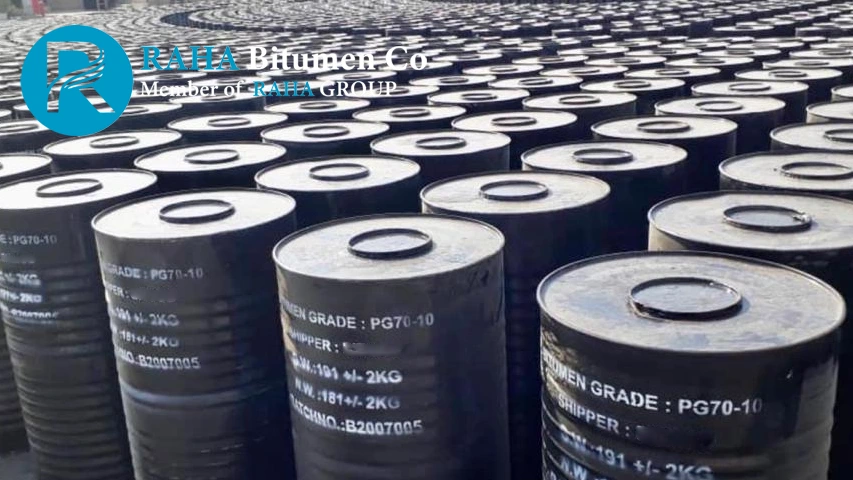
Review of Performance Grade Bitumen
Performance Grade bitumen (PG) is a crucial component of road pavement and asphalt, requiring proper quality and performance to ensure its quality. Unlike viscosity and penetration grade bitumen, PG bitumen is classified into different groups based on its performance in real conditions.
In this blog post, we will dive deep into everything you need to know about PG 70-10. From its technical specifications and manufacturing process to its wide range of applications and benefit.
What is PG-70-10?
PG 70-10 refers to a type of asphalt binder, which is a common material used in road construction and paving. PG Bitumen a classification system for asphalt binders based on their performance characteristics at different temperatures.
The term “polymer modified” indicates that the asphalt binder has been modified with polymers, which are additives that can enhance the performance and durability of the asphalt. Polymer-modified asphalt binders are often used in high-stress applications such as heavy traffic areas, airports, and areas with extreme temperature fluctuations.
PG 70-10 bitumen is a performance bitumen that is graded based on its performance at different temperatures. This bitumen has a softening point of 10 degrees Celsius and a melting point of 70 degrees Celsius. This bitumen has good resistance to wear and tear and is suitable for use in moderate weather conditions.
Why does oxidized bitumen not work as PG 70-10 bitumen?
Oxidized bitumen has a different chemical composition, with a higher asphaltene content and a different molecular structure due to the oxidation process. This altered composition affects its physical properties, making it less suitable for use as a PG 70-10 binder, which relies on a balance of maltenes and asphaltenes to provide the necessary flexibility and performance.
Most Usage of PG 70-10
PG 70-10 has good resistance to wear and tear. Also this Grade of bitumen is usually used to make asphalt on roads with moderate traffic and moderate weather conditions.
The performance of PG 70-10 in Road Construction
Roads built with PG 70-10 are less likely to suffer from thermal cracking in winter or rutting in summer, which are common issues in areas with extreme seasonal temperatures.
understanding the importance of performance grading, particularly with grades like PG 70-10, is crucial for anyone involved in road construction and maintenance. By choosing the right PG bitumen, you ensure that the roads you build are equipped to handle the environmental challenges they will face, ultimately leading to longer-lasting and safer infrastructure.
The Standards of PG 70-10
Performance Grade 70-10 bitumen is subject to a variety of global and regional standards, ensuring its suitability for use in specific environmental conditions.
there are 2 standards for PG 70-10 include:
- AASHTO: the American Association of State Highway and Transportation Officials
- ASTM: American Society for Testing and Materials
These organizations develop guidelines to classify and test bitumen based on its performance under particular temperature conditions, ensuring it meets the needs of various geographical areas.
1. AASHTO
Performance Grade bitumen 70-10, classified by AASHTO M320, is renowned for its resistance to rutting, fatigue, and thermal cracking, and is tested using Dynamic Shear Rheometer (DSR) for high-temperature performance and Bending Beam Rheometer (BBR) for low-temperature performance.
2. ASTM
ASTM D6373 is a crucial standard for asphalt binders, specifically PG bitumen grades like PG 70-10. It classifies asphalt binders based on performance, ensuring high and low-temperature resistance to deformation, cracking, and fatigue, making PG 70-10 suitable for extreme temperature regions.
Bitumen Packing for PG 70-10
The Performance Grade Bitumen 70-10 is packed in Different Major:
- Jumbo Bag
- Steel Drums
- Flexi Tanks
- Bulk in Trunk Tunker
- Bulk in Bulk Vessel
- Bulk in Bitutainer
1. Jumbo Bag
Jumbo bags, also known as Flexible Intermediate Bulk Containers (FIBCs) or big bags, are a popular choice for transporting PG Bitumen 70-10. These large, flexible bags are typically made from woven polypropylene and are designed to hold between 500 to 2,000 kg of bitumen.
Handling:
- 1MT Jumbo Bag with Pallet and Steel
Cage:
Loading 20Ton in 20ft Container = 20Ton Net
- 1MT Jumbo Bag without Pallet and Steel
Cage:
Loading 20Ton in 40ft Container = 20Ton Net
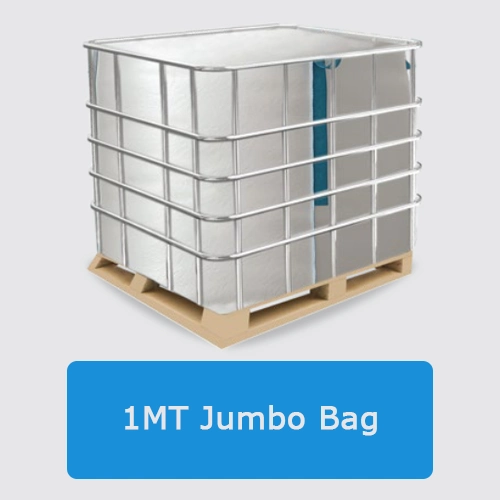
2. Steel Drums
- 180kg New Steel Drum :
Loading 110 Drum in 20ft Container= 19.80 Ton Net - 150kg New Steel Drum:
Loading 110Drum in 20ft Container= 16.50 Ton Net
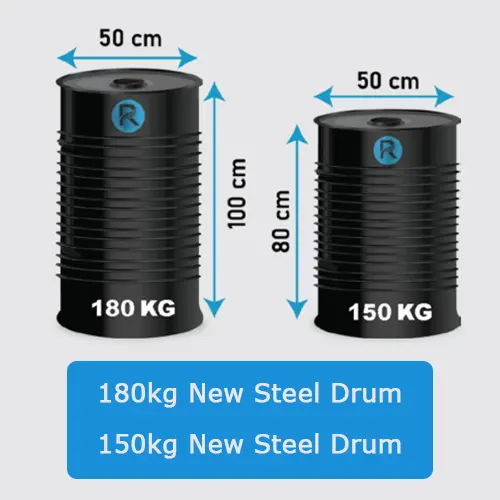
3. Flexi Tanks
Flexi tanks, also known as flexibags or flexitanks, are large, flexible containers designed to fit inside standard 20-foot or 40-foot shipping containers. They are an excellent option for transporting large quantities of liquid or semi-liquid PG 70-10.
Flexi tank is a popular packing in East Asia like China, Malaysia, Thailand, Taiwan, Vietnam, Philippines, Indonesia, and Cambodia.

4. Bulk in Truck Tanker
Transporting PG bitumen in bulk using tank trucks, also known as bitumen tankers, Tank trucks are specifically designed to handle large volumes of bitumen, offering capacities that can range from 24-25 tons per load.
- Loading 24-25Ton in Bulk Tanker

5. Bulk in Bulk Vessel
- Loading 1,000-30,000 Ton in Bitumen
Carrier Vessel
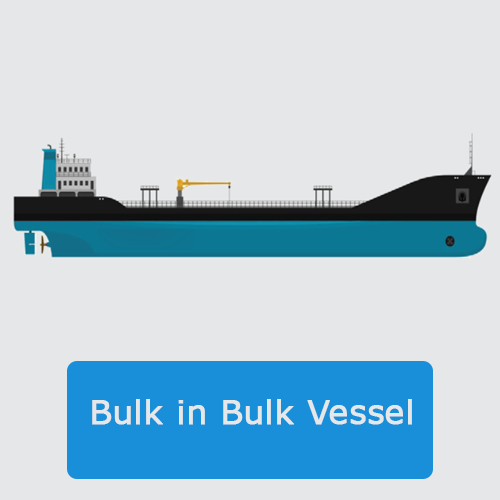
6. Bulk in Bitutainer
- Loading 25 Ton in Bitutainer
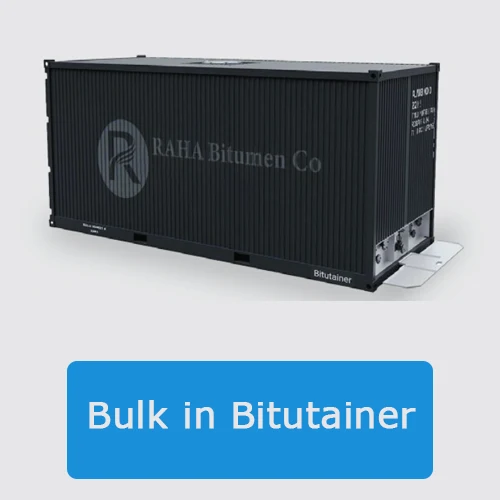
Specification of PG 70-10
| TEST | RESULT | MIN | MAX | TESTS METHOD |
|---|---|---|---|---|
| Penetration @ 250C, 100gr, 5s, 0.1 mm |
47 | 40 | 70 | ASTM D5 |
| Elastic Recovery @ 250 C, 10CM Elongation (%) |
97 | 80 | —- | ASTM D6084 |
| Softening point, o c | 83 | 70 | —- | ASTM D36 |
| Separation Difference in Softening Point R&B, oc |
2.3 | —- | 3 | ASTM D7173 |
| Ductility @ 5 0 C | 32 | 25 | —- | ASTM D113 |
| Dynamic Viscosity at 1350 C (Brookfield Viscomeler), Pa.s |
1.4 | —- | 3 | ASTM D4402 |
| Penetration Index | 3.9 | 2.25 | 5.25 | ASTM D5 / D36 |
| Solubility in TCE (%) | 99.74 | 99 | —- | ASTM D2042 |
| Flash Point Temp. oc | 338 | 245 | —- | ASTM D92 |
| Orig. Dynamic Shear @ 76 0C / Kpa |
1.41 | 1 | —- | ASTM D7175 |
| Penetration of Residue (%) | 75 | 65 | —- | ASTM D5 |
| Ductility @ 25 0 C | 51 | 15 | —- | ASTM Dl 13 |
| Difference in Softening Point, o c | -7 | -10 | 5 | ASTM D36 |
| RTFO Percent Change Of Mass | 0.01 | —- | 0.5 | ASTM D1754 |
| RTFO Dynamic shear @ 760 C / Kpa |
2.47 | 2.2 | —- | ASTM D7175 |
| PAV – Dynamic Shear @ 37 0 C / Kpa |
264 | — | 5000 | ASTM D7175 |
| PAV Creep Stiffness @ 0 0C / Mpa |
28.26 | —- | 300 | ASTM D6648 |
| m-Value @ 00 C / M a | 0.352 | 0.3 | —- | ASTM D6648 |


